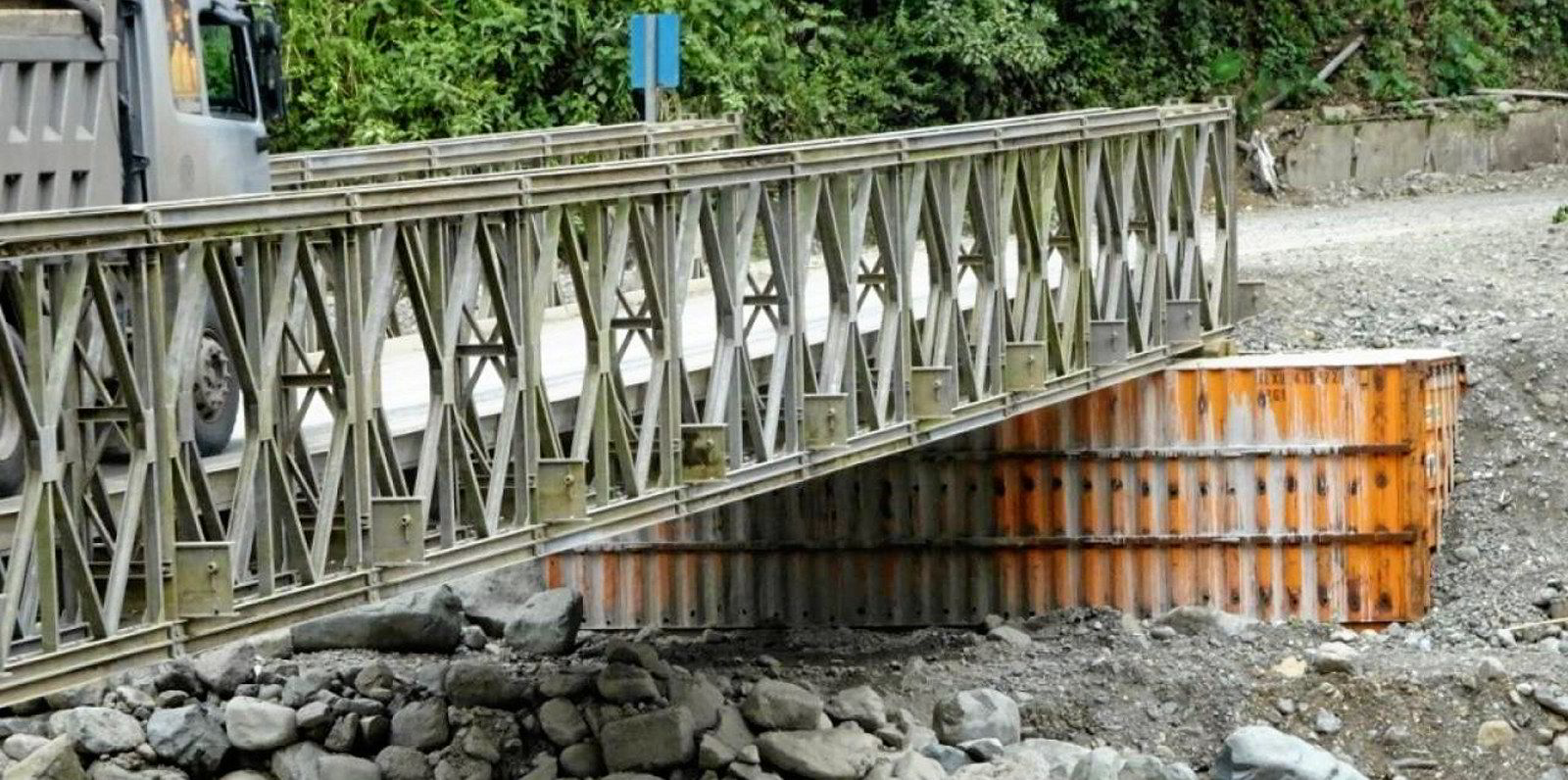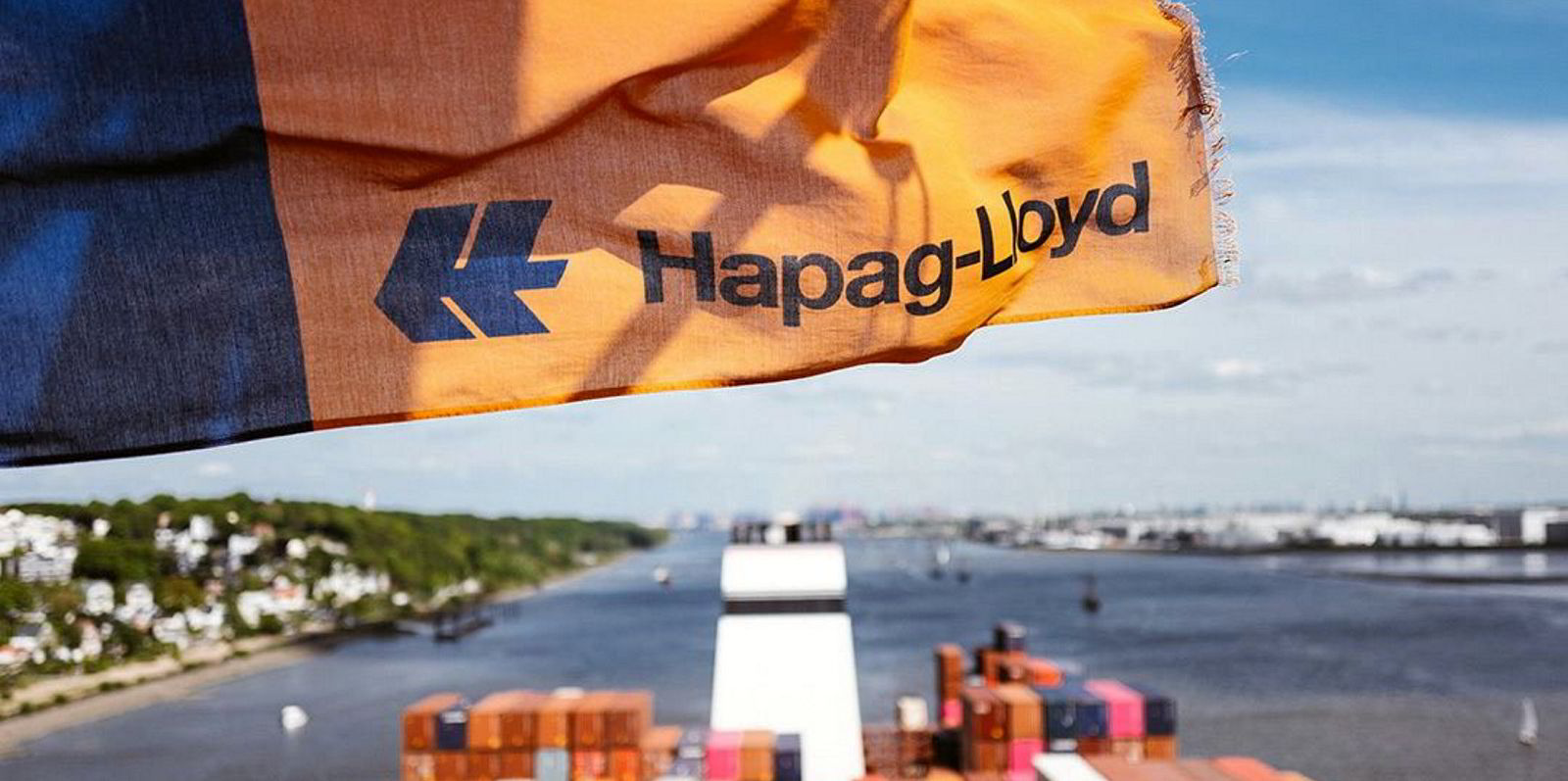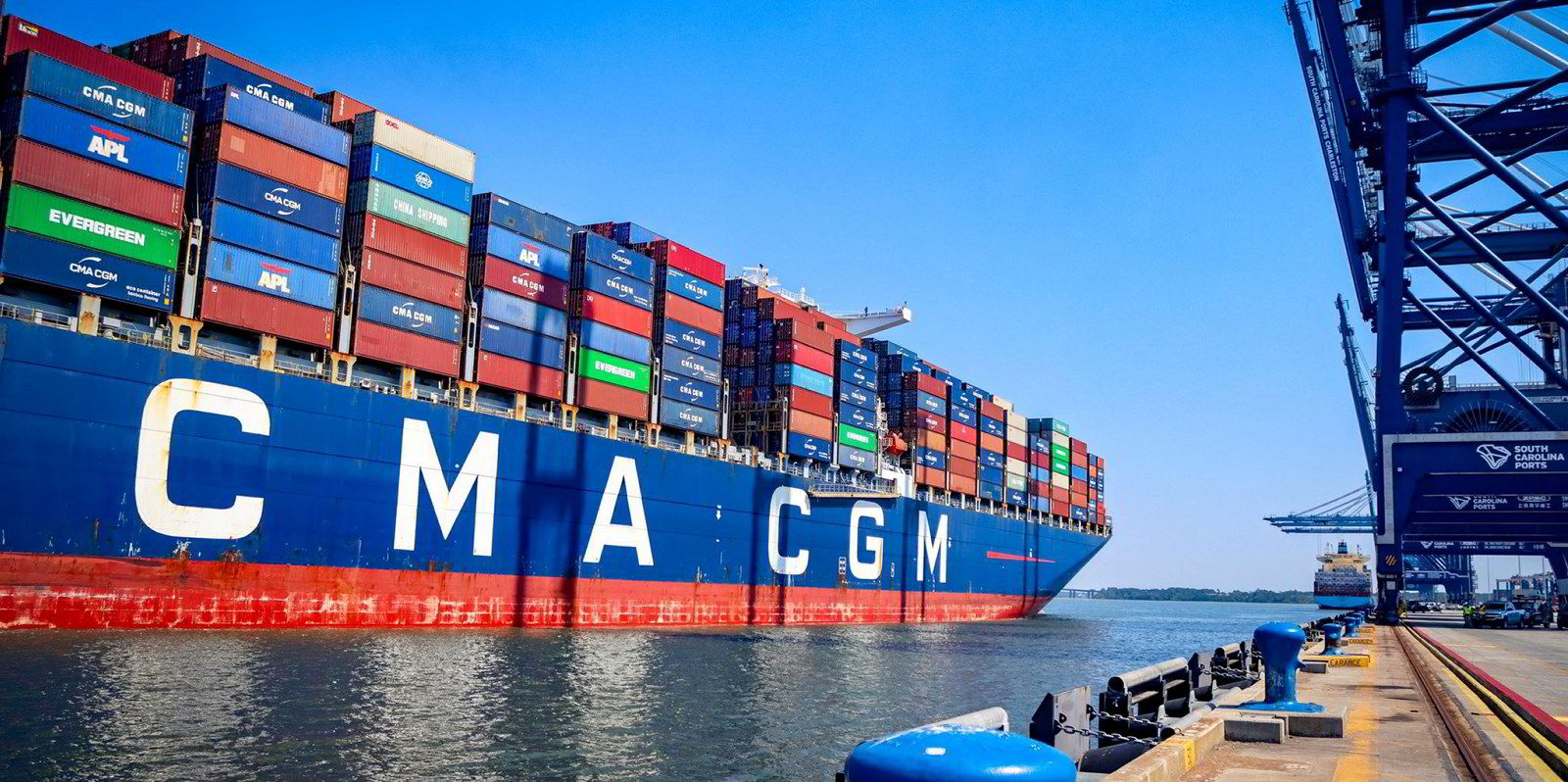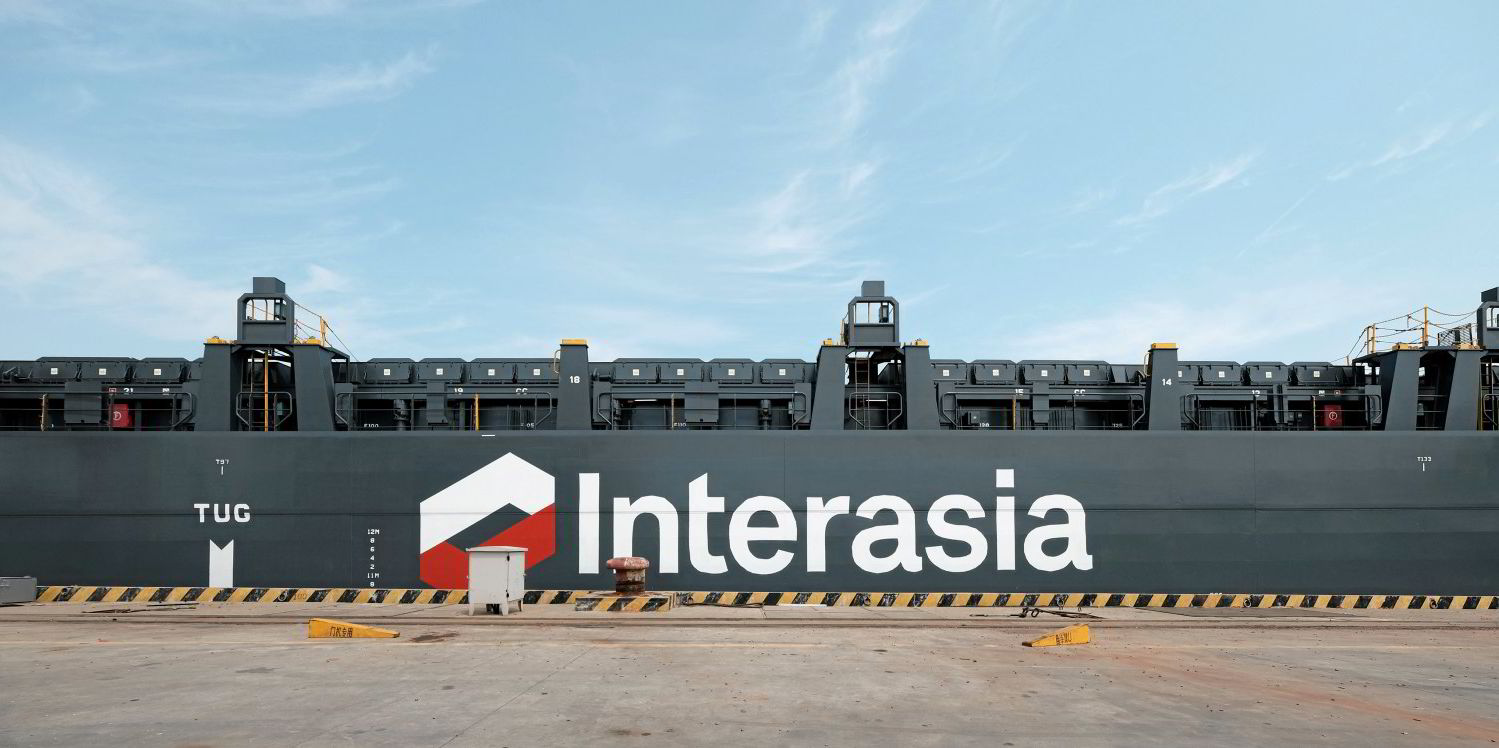German container line Hapag-Lloyd has dismissed "absurd" conspiracy theories that liner operators are deliberately hiding scarce boxes to bolster record rates even further.
Niklas Ohling, senior director of container steering, told the company's in-house magazine that "not a single container" has been concealed.
"We are experiencing full capacity utilisation. Every box is being used," he said.
Ohling added that the vast majority of Hapag-Lloyd's containers are underway on ships, trains or trucks – and they are full of cargo.
He explained the main driver is demand for shipments in 40-foot high cube containers, named for their higher cubic capacity. More than 80% of these are in use or being repositioned to places where they are needed, the executive said.
Less than 20% of the high cube boxes are sitting empty in a depot or terminal, he added.
Inefficiencies in the supply chain are being blamed for the container crunch.
Ohling said these problems are growing with higher volumes.
Too many empty boxes
"On average, one out of every five or six containers on our ships are empty," he added.
"This means that if we have 12m teu movements in our fleet today, we have to carry out almost 2.5m empty container movements. And that's just between the continents. On top of that, you still have all the movements within the various regions and countries."
Asked why the company can not just buy or lease more boxes, Ohling responded that this is in fact taking place more intensively than ever before.
He explained that in 2020 and 2021 alone, the Hapag-Lloyd container fleet will grow by 438,000 teu, minus those that are being decommissioned.
The shipowner has invested well over $1bn in new containers.
Earlier this month, the company ordered another 75,000 teu of dry containers in China for delivery in the fourth quarter. No price was revealed.
But it is a tough market. "The leasing market for containers is practically empty, and the container producers in China are booked up for months. What's more, prices for new containers have more than doubled in the last few months owing to the high demand," Ohling said.
Asked if he could ever have imagined that there would not be enough containers, he replied: "Not to this extent."
"There are always critical points in the calendar, such as Chinese New Year or Golden Week, when companies across China temporarily shut down for the holidays. And that leads to a big spike in demand. And then, after that, there are lulls again," he said.
Ohling said he witnessed a similar development in the wake of the financial crisis from 2008.
"But we’ve never had a pinch that has been this intense and lasted this long," the executive added.
Boxes spending longer on ships

The biggest challenge for the company is that turnaround times have gone up by 20% compared with 2019.
At that time, containers had an average transit time of 50 days until they came back empty.
Now, that figure has grown to 60 days on average — and things have already been like that for more than a year, Ohling continued.

"We hit our peak in July, when the figure was 62 days. This means that we actually need 20% more containers to satisfy the demand," he said.
Last year, the company sailed a lot of so-called "empty-loaders" to China — ships that are exclusively filled with empty containers.
Ohling said: "This option is currently limited because there is too little shipping capacity. We occasionally still have ships sail on container-repositioning voyages, but much less often than we usually do."
But what happens to all those old unwanted containers?
Ohling said some are used as storage sheds for sports clubs or in allotment gardens.
"We've seen an entire house made out of containers as well as a container that was outfitted to be a bathroom and then installed in a flat," he added.
In Hamburg, there is a hotel that has a meeting room inside an old 40-foot Hapag-Lloyd container.
Ohling's personal favourite is a container serving as a bridge pier (pictured above).
"These days, colleagues and friends keep sending me pictures, mostly from their holidays, of decommissioned containers in unusual places — at almost 4,000 metres up in the Andes or even in the desert," he said.






